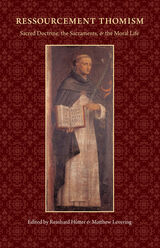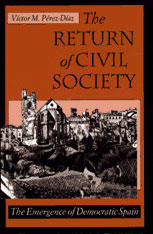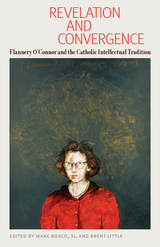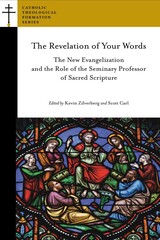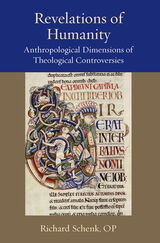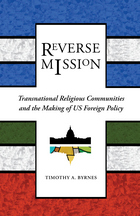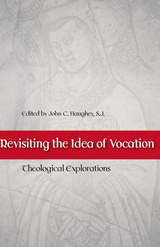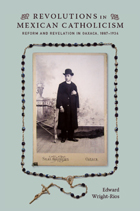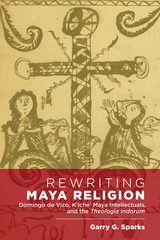English on the Bonin (Ogasawara) Islands, Volume 81
Duke University Press
Cloth: 978-0-8223-6671-3
See other books on: English | Language Arts & Disciplines | Linguistics | Volume 81
See other titles from Duke University Press
Cloth: 978-0-8223-6671-3
ABOUT THIS BOOK
ABOUT THIS BOOK
Many inhabitants of the Bonin (Ogasawara) Islands in the northwestern Pacific Ocean speak a mixture of English and Japanese that resulted from the islands’ unique and complicated history. The development of Bonin English began with the arrival—on previously uninhabited islands—of men and women speaking eighteen European and Austronesian languages in the early nineteenth century. As the islanders intermixed, their native languages intertwining, the need arose for a common language and shared means of communication. Eventually, a pidgin version of English emerged as the preferred method of communication as well as a strong symbol of island identity. As Bonin English developed among second- and third-generation islanders, it was further complicated by the arrival of thousands of Japanese speakers. Increasingly, these formerly “western” islanders became bilingual, and by the mid-twentieth century Bonin English had evolved to incorporate elements of Japanese. This volume provides a comprehensive overview of Bonin English and the complex sociolinguistic factors that have influenced its endurance and metamorphosis.
See other books on: English | Language Arts & Disciplines | Linguistics | Volume 81
See other titles from Duke University Press

